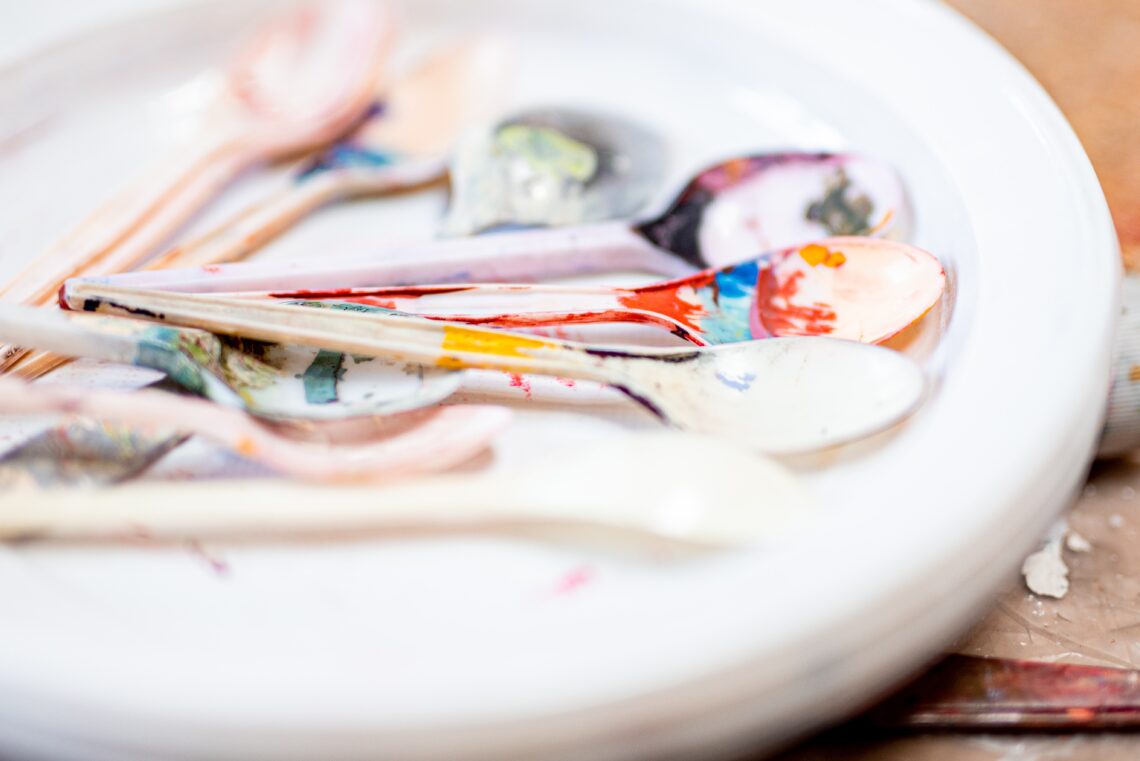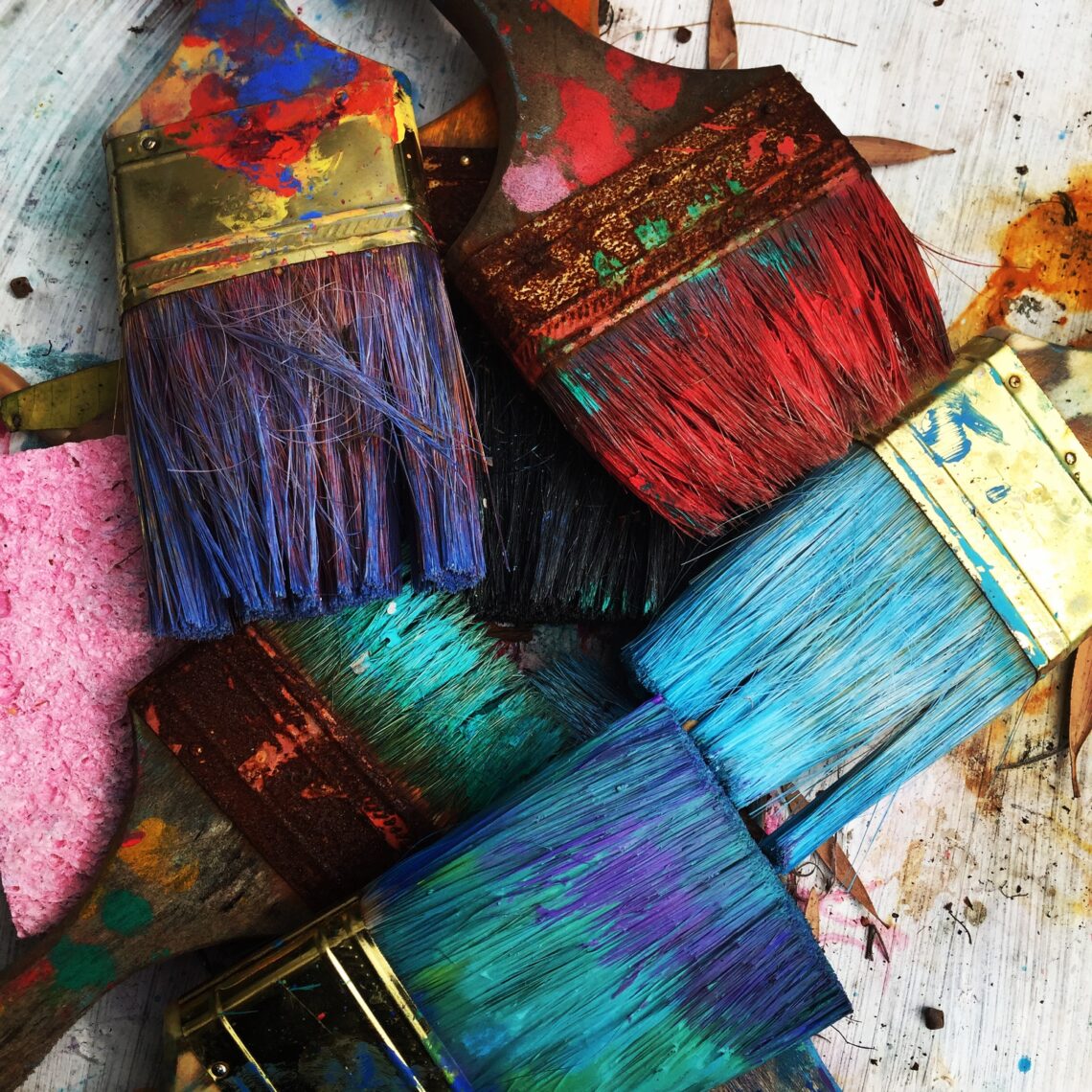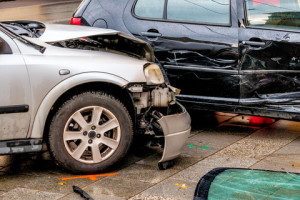Detoxing from digital distractions is becoming increasingly important in our digital world. With the rise of social media, streaming services, and the internet in general, it can be hard to focus on the task at hand and stay productive. In this article, we will discuss how to detox from digital distractions and provide a step-by-step guide to help you get started.
The first step in detoxing from digital distractions is to identify the sources of distraction. This can include social media, streaming services, and any other digital activities that take up your time and attention. Once you have identified the sources of distraction, you can begin to take steps to limit your exposure to them. This can include setting time limits on how long you spend on each activity, or even blocking certain websites and apps altogether.
The next step is to create a plan for how you will use your digital devices. This includes setting specific times for when you will use your devices, as well as limiting the amount of time you spend on them. For example, you may decide to limit yourself to two hours of device use per day, or to only use your devices during certain times of the day. This will help you stay focused and productive, while also allowing you to detox from digital distractions.
The third step is to set boundaries for yourself. This includes deciding what types of digital activities you will allow yourself to engage in, and what types of activities you will avoid. For example, you may decide to limit your social media use to certain times of the day, or to only check your emails once a day. Setting boundaries will help you stay focused and on track with your detox.
The fourth step is to find alternative activities to replace the digital distractions. This can include taking up a hobby, reading a book, or going for a walk. Finding activities that you enjoy and that help you relax and unwind can be a great way to detox from digital distractions.
The fifth and final step is to stay motivated and committed to your detox. This can include setting reminders for yourself, or even enlisting the help of a friend or family member to help you stay on track. Staying motivated and committed to your detox will help you stay focused and productive, while also allowing you to enjoy the benefits of a digital detox.
Detoxing from digital distractions can be a difficult process, but it is possible. By following the steps outlined above, you can begin to limit your exposure to digital distractions and create a plan for how you will use your digital devices. With the right plan and commitment, you can successfully detox from digital distractions and enjoy the benefits of a digital detox.
If you’re looking for more information on how to detox from digital distractions, there are a number of resources available. The American Psychological Association has a Digital Detox Guide that provides tips and strategies for detoxing from digital distractions. The National Institute of Mental Health also has a Digital Detox Toolkit that provides helpful resources and information on how to detox from digital distractions. Additionally, the National Center for Biotechnology Information has a Digital Detox Guide that provides an overview of the benefits of digital detoxing.
Finally, if you’re looking for more support and guidance, there are a number of digital detox programs available. Headspace offers a digital detox program that provides tips and strategies for detoxing from digital distractions. Additionally, Unplugged Retreat offers a digital detox retreat that provides a comprehensive program for detoxing from digital distractions.
Detoxing from digital distractions can be a difficult process, but it is possible. By following the steps outlined above, you can begin to limit your exposure to digital distractions and create a plan for how you will use your digital devices. With the right plan and commitment, you can successfully detox from digital distractions and enjoy the benefits of a digital detox.







 There are a lot of many to save if you once in a while make a check of your insurances.
There are a lot of many to save if you once in a while make a check of your insurances.